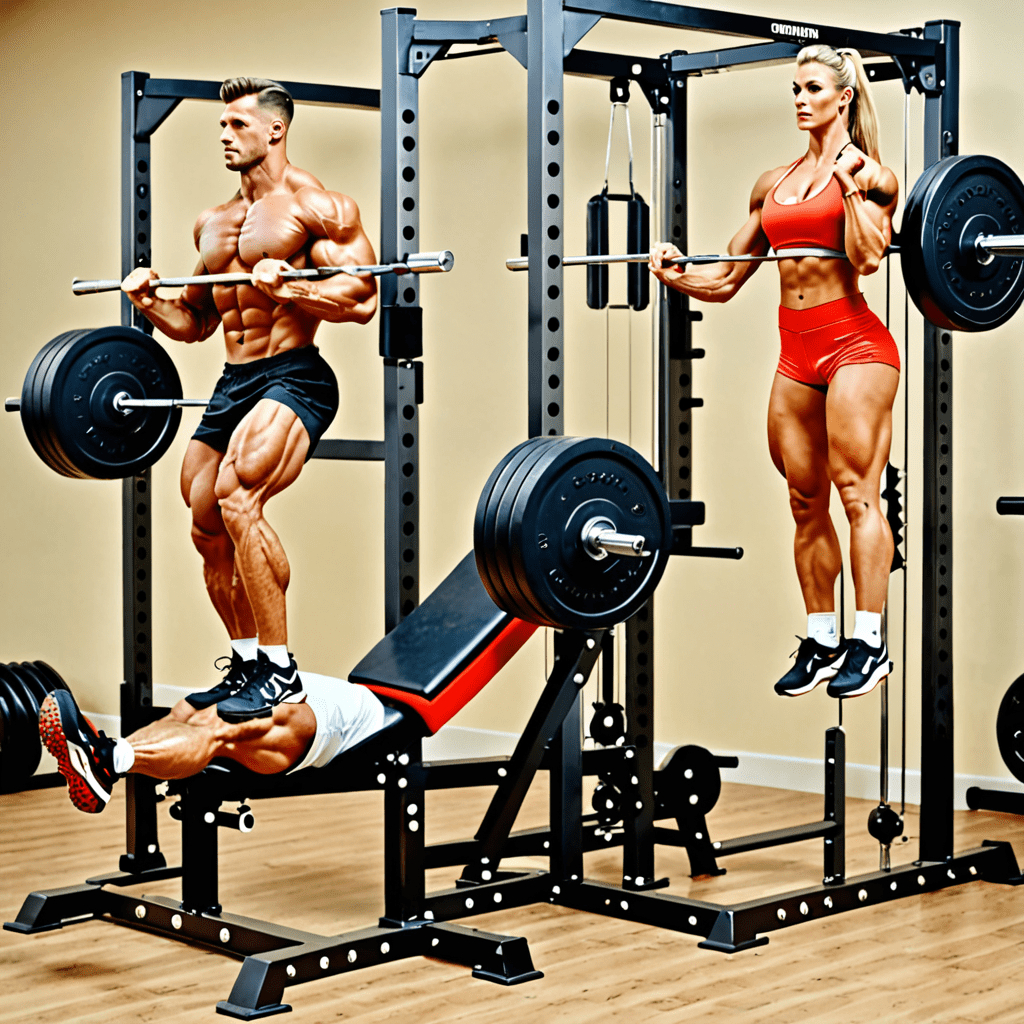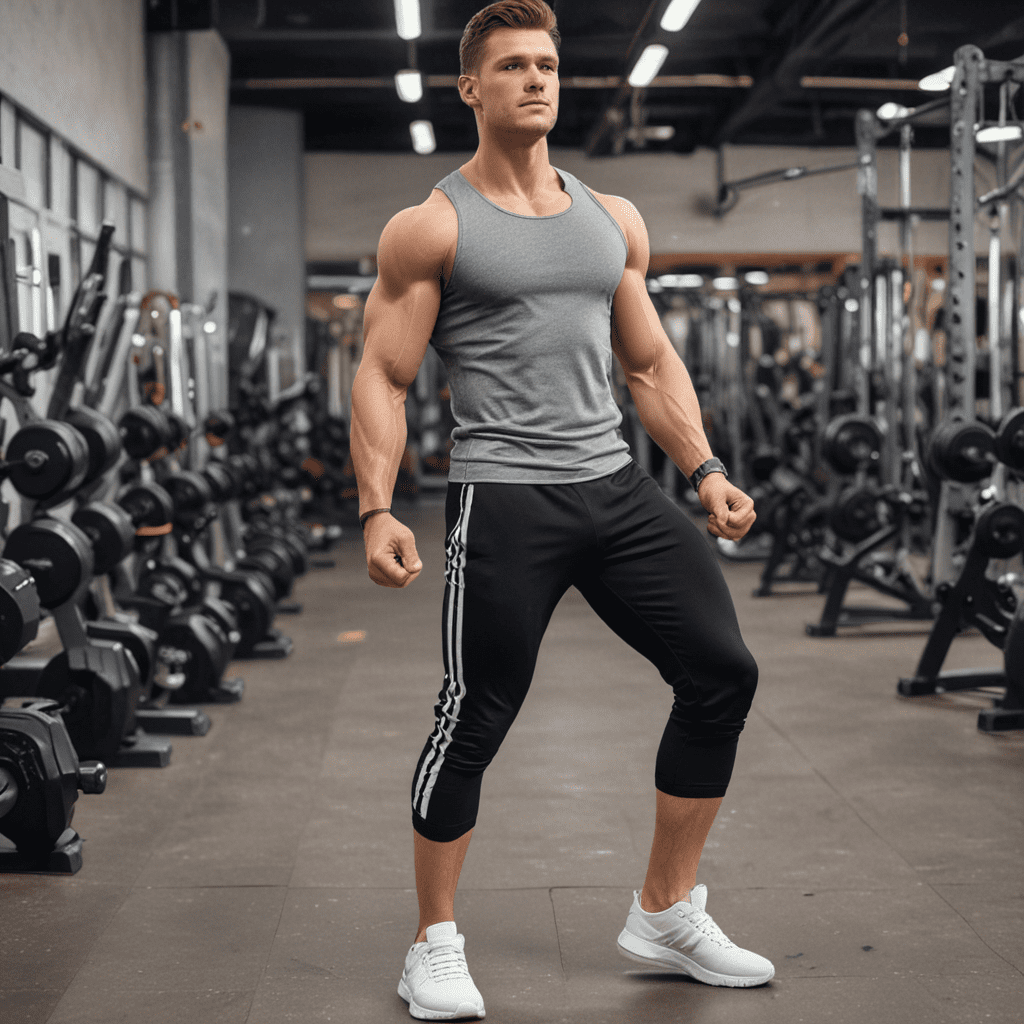
Leg Press vs Squat: Which is the Superior Lower Body Exercise?
The debate between leg press and squat has long been a topic of discussion in the fitness world. Both exercises are popular choices for targeting the lower body and building strength, but how do they compare? In this article, we’ll take a closer look at the benefits and drawbacks of each exercise to determine which is the superior choice for your workout routine.
The Basics: Leg Press and Squat
Before diving into the comparison, it’s essential to understand the basics of each exercise. The leg press is a resistance training exercise that primarily targets the quadriceps, hamstrings, and glutes. It involves pushing a weighted platform away from the body using the legs, typically in a seated or reclined position.
On the other hand, the squat is a compound exercise that engages multiple muscle groups, including the quadriceps, hamstrings, glutes, lower back, and core. It involves lowering the body into a seated position and then standing back up, often with a barbell across the shoulders.
Benefits of Leg Press
The leg press offers several advantages, making it a popular choice for individuals looking to specifically target the lower body:
- Isolates Leg Muscles: The leg press allows for targeted activation of the quadriceps, hamstrings, and glutes without placing excessive stress on the back and core.
- Less Spinal Compression: Compared to squats, the leg press reduces the amount of compressive force on the spine, making it a safer option for individuals with back issues.
- Adjustable Resistance: Most leg press machines have adjustable weight settings, allowing for precise control over resistance levels.
Drawbacks of Leg Press
While the leg press offers unique benefits, there are also some potential drawbacks to consider:
- Limitation in Functional Strength: Some argue that the leg press does not translate as effectively to real-life movements and activities compared to squats.
- Less Core Activation: The leg press places less emphasis on engaging the core muscles compared to squats, which are essential for overall stability and strength.
Benefits of Squat
The squat is widely regarded as a fundamental lower body exercise with numerous benefits, including:
- Compound Movement: Squats engage multiple muscle groups simultaneously, making them a highly efficient exercise for building overall lower body strength.
- Functional Strength: The squat mimics everyday movements such as bending and lifting, contributing to improved functional strength and mobility.
- Core Stabilization: Performing squats requires significant core activation, promoting better overall stability and posture.
Drawbacks of Squat
While squats are a valuable exercise, they may present some challenges for certain individuals:
- Spinal Load: Squats place a considerable amount of load on the spine, which can be problematic for individuals with pre-existing back issues.
- Technical Difficulty: Proper squat form and technique are crucial for preventing injury, and mastering these can be challenging for beginners.
Conclusion
Both the leg press and squat offer unique advantages and drawbacks, and the best choice ultimately depends on individual goals, preferences, and physical condition. For those focusing on targeted lower body development and minimizing spinal stress, the leg press may be a suitable option. Conversely, those seeking overall lower body strength, functional movement patterns, and core engagement may find the squat to be more beneficial.
FAQ
Which exercise is better for muscle growth: leg press or squat?
Both the leg press and squat can contribute to muscle growth in the lower body, but the squat is often considered superior due to its engagement of multiple muscle groups and its impact on functional strength. However, the leg press can also be an effective tool for hypertrophy when used in conjunction with a well-rounded training program.


